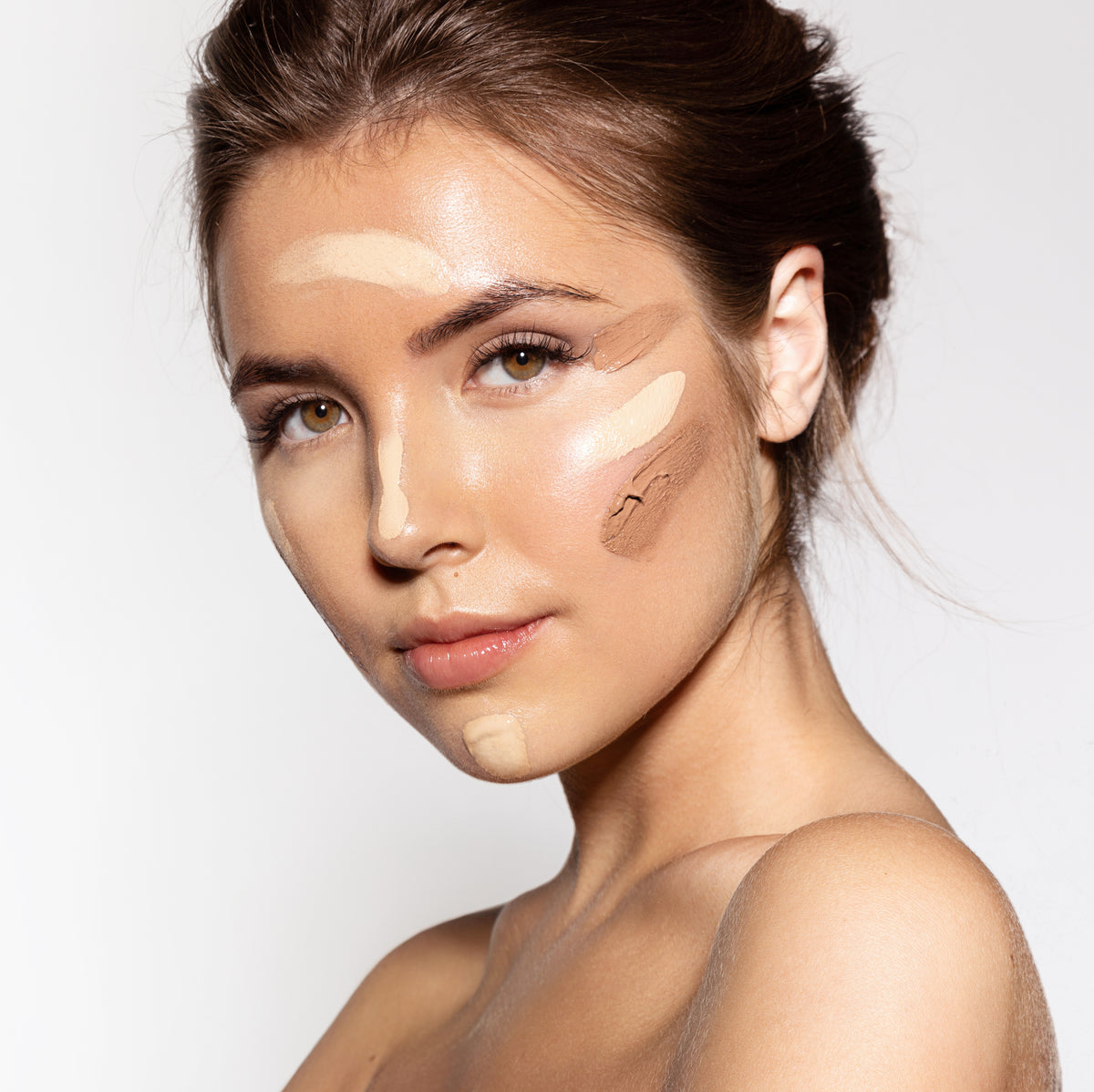- Regular Price
- $19.99
- Sale Price
- $19.99
- Regular Price
- $19.99
- Unit Price
- per

The purpose of foundation is to make your skin look totally flawless and natural at the same time, almost as if you’re wearing no makeup at all. But choosing and applying foundation isn’t always simple—in fact, it can be one of the toughest products to master.
Scroll down for seven tips and tricks that will make you a foundation pro.
Consider Your Skin Type. Always consider your skin type when selecting a formula to get your desired results. Depending on whether your skin falls into the dry, oily, mature, or combination categories, you’ll need a different type of foundation. If your skin tends to get greasy, steer clear of oil-based formulas—and if your skin tends to dry out, avoid matte finishes that could give you a “cakey” finish.
Custom-Blend Your Shade. Picking the wrong shade of foundation is unsurprisingly the most common mistake people make—we often choose shades that are based on what color we “think” our skin is or don’t consider that our complexion changes from season to season. Always try a sample before you buy a product—test it on several areas of your face in different lighting if possible. If you can’t find the perfect shade (or if you bought the wrong one), mix it with another shade to create a true match.
Prep Your Skin. Dry, rough patches are foundation’s top enemy—they make application flaky and uneven, no matter what type of product formula you choose. Use a gentle exfoliator several times a week and apply a hydrating moisturizer daily. If you’re looking to combat a specific skin concern or even out your skin tone, use a primer or color corrector. Be sure to let your base products sink in to your skin for several minutes before applying foundation.
Skip Foundation Altogether. If you don’t need full coverage, it might be best to pass on foundation altogether and choose a color corrector and concealer to substitute instead. This will help neutralize any problem areas, and can provide a solution if you don’t want to wear a full face of makeup. Avoid overdoing it with product and follow the less is more rule. The goal is for your skin to be the star of the show, not the product you put on it.
Find Your Best Light. No one wants a streaky or uneven look, so good lighting is a necessity when applying foundation. Natural daylight—like what comes in from a window—gives the best impression of how your makeup will actually look in real life, but bright white light bulbs in your bathroom are a great backup option. What should you avoid at all costs? Warm yellow and cold fluorescent lights.
Finish With Concealer. After applying your foundation, follow up by dabbing concealer on the spots that need more coverage and then soften the edges with a makeup brush or blender sponge. You'll use a lot less product than if you put concealer on before foundation and get more smooth, even coverage.
Set It Right. The key to getting your foundation to last all day is to finish off your look with a setting spray or setting powder. After you finish applying your foundation, concealer, blush, highlighter, and any other face makeup, apply your chosen setting product—focus on the areas that tend to collect oil and shine, like your T-zone and sides of your nose.
0 Item(s)